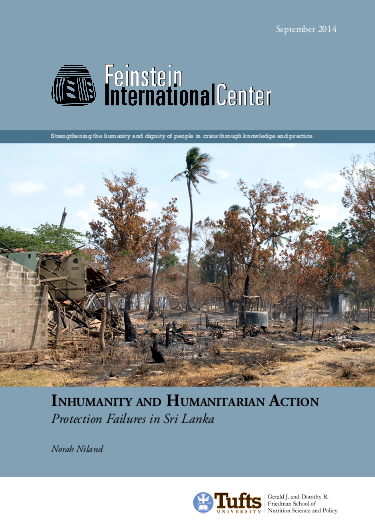Protection failures in Sri Lanka

The divisive and discriminatory policies that have disfigured Sri Lankan society and its political culture for much of its contemporary history did not disappear when the Tamil Tigers and civilians, trapped in the Vanni, were put to the sword as the country’s bitter civil war came to an end on the blood-soaked beaches of Mullaitivu in May 2009. The events that led to the final phase of the war, the contempt of both warring parties for core humanitarian norms, and the duplicity of key stakeholders that backed the Rajapakse regime while avoiding or inhibiting meaningful UN Security Council action to safeguard the lives of civilians, should have been a wake up call to the humanitarian community.
The Sri Lanka crisis was, in many ways, unique but it shared a number of characteristics with other crisis settings where the relief system has exhibited limited agency in safeguarding humanitarian space and the protected status of civilians. This paper argues that the relief system has a responsibility to examine whether it could have been more strategic and battled better to mobilise measures to stop the slaughter of civilians. It also argues that relief actors need to be emboldened rather than emasculated when confronted with anti-humanitarian agendas. This means making a meaningful commitment to prioritizing protective humanitarian action including, but not only, when warfare is designed to maximize the suffering of civilians.